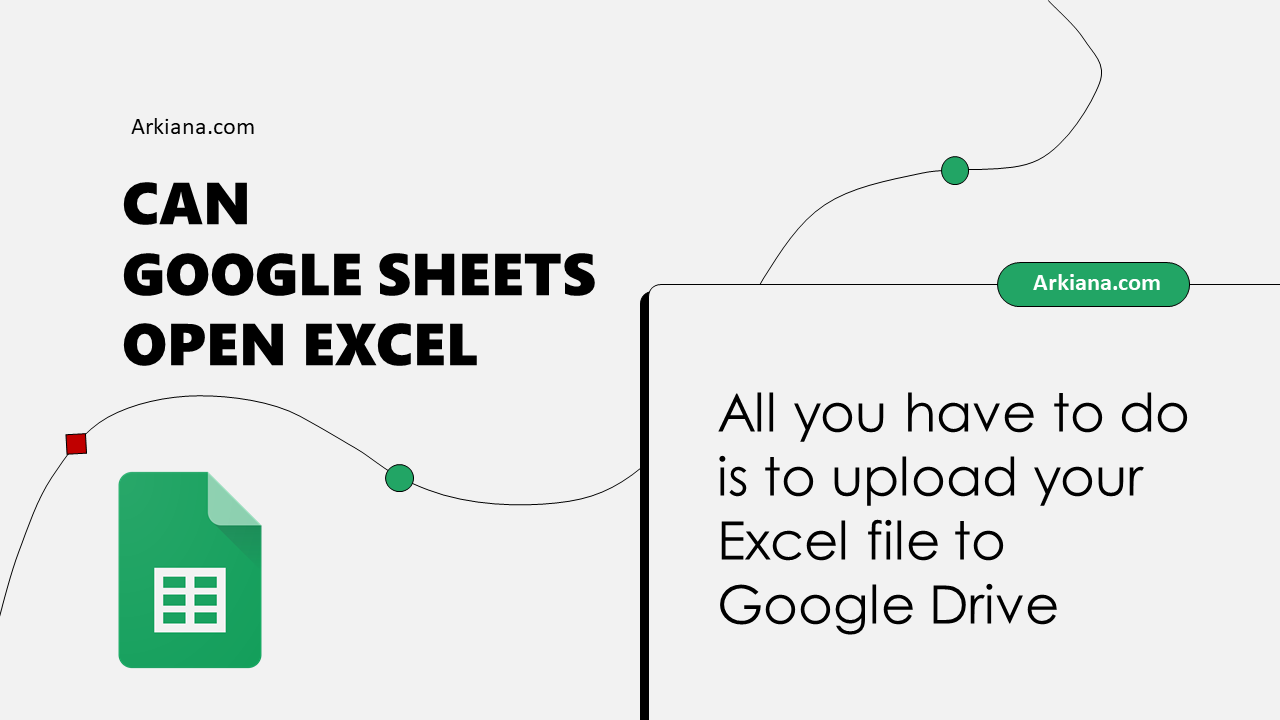5 Documents You Need for a Safety Inspection

Ensuring safety in a work environment, whether it's a construction site, office building, or industrial facility, is not only a legal requirement but a moral obligation. To meet these standards, businesses must undergo periodic safety inspections. These inspections can be quite extensive, and to help your organization ace them, it's crucial to have certain documents on hand. Here are the top five documents you need for a safety inspection:
Safety Policy and Procedures Manual

The foundation of your workplace safety is your Safety Policy and Procedures Manual. This document outlines your organization’s commitment to safety, the roles and responsibilities of employees, and step-by-step instructions on how to handle safety-related issues.
- Overview of Policy: The manual should start with an overview of the company’s safety policy, emphasizing management's commitment to providing a safe working environment.
- Safety Procedures: This should include detailed procedures for hazard identification, risk assessments, incident reporting, and emergency evacuation plans.
- Training Records: Document the training sessions employees have attended, including safety training, first aid, and fire safety drills.
🔔 Note: Ensure that your manual is regularly updated to comply with new regulations and workplace changes.
Risk Assessment and Management Plans


A comprehensive Risk Assessment is pivotal in identifying potential hazards that could cause harm. Here are the key elements:
- Hazard Identification: Detail how your organization identifies workplace hazards.
- Risk Assessment: Assess the likelihood of these hazards occurring and the potential severity of outcomes.
- Control Measures: Describe the measures in place to mitigate these risks. This might include engineering controls, administrative controls, or the provision of personal protective equipment (PPE).
Maintenance Records

Maintenance records for safety equipment and machinery are crucial:
- Equipment Maintenance Log: Keep a log of when and how often safety equipment, like fire extinguishers, ladders, or machinery, is maintained.
- Safety Inspections: Include records of regular safety inspections of the workplace, noting any faults or repairs needed.
⚙️ Note: Regular maintenance not only ensures equipment functionality but also reduces the risk of accidents.
Incident and Near Miss Reports

When incidents or near misses occur, they should be documented:
- Incident Reports: Detail what happened, who was involved, corrective actions taken, and follow-up steps.
- Near Miss Reports: Document near misses to understand close calls and prevent future incidents.
Compliance Certificates

Having certificates that prove your organization is compliant with local, national, or industry-specific safety regulations is invaluable:
| Compliance Document | Purpose |
|---|---|
| OSHA Certification | Compliance with Occupational Safety and Health Administration standards. |
| Fire Safety Certificate | Confirmation that your building has undergone and passed fire safety inspections. |
| Health & Safety Audit Report | Verification of compliance with health and safety laws and regulations. |

✅ Note: Make sure all certificates are up to date and easily accessible during an inspection.
Having these documents well-organized and up to date not only streamlines the inspection process but also demonstrates your organization's proactive approach to safety. Remember, safety inspections are not just about passing an audit; they are about ensuring the well-being of every employee. By meticulously maintaining these records, your organization shows a dedication to fostering a safe and healthy workplace, reducing accidents, and complying with legal obligations.
What happens if my organization fails a safety inspection?

+
If an organization fails a safety inspection, it might face fines, need to halt operations until safety issues are resolved, or be subject to further inspections. It’s important to take corrective actions immediately.
How often should safety inspections be conducted?

+
The frequency of safety inspections can vary depending on industry regulations, but typically, they should be conducted at least annually. High-risk industries might require more frequent inspections.
Can I conduct my own safety inspections?

+
Yes, companies can conduct their own internal safety audits, but these should not replace official inspections. Internal audits help in identifying issues before they become critical, but external inspections are needed for legal compliance.



